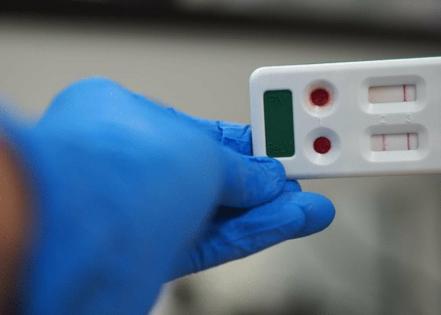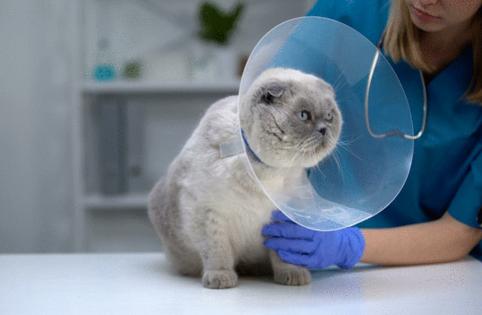9 lives and more? 60 years of groundbreaking medical advancements have improved cat health and longevity.
Published in Cats & Dogs News
With more than 350 million beloved cat companions in homes across the globe, the veterinary community has focused on research to keep them around for as long as possible.
Cat owners today can expect their feline friends to live an average of 13 to 17 years. This is partially attributable to shifts in attitudes about indoor and outdoor domestic cats. In the United States, approximately 3 in 5 cats (63%) are indoors only. Indoor cats are known to live significantly longer than outdoor cats since they are protected from risks such as traffic accidents, diseases, extreme weather, and predators.
Still, the contributions of research in medicine and nutrition cannot be overlooked. As recently as 1981, there were no guidelines about taurine in cat food; a deficiency of the essential nutrient can lead to heart failure. Similarly, attitudes about spaying and neutering cats have shifted over time due to studies demonstrating the safety of these practices. This might explain why nearly 3 in 4 Americans believe spaying and neutering is the "right thing to do," according to a Faunalytics analysis of a 2021 study published in Anthrozoös. Another study shows that spayed and neutered cats live about six years longer than their intact counterparts.
While any house cat is still unlikely to rival the oldest cat on record—a Texas tabby named Creme Puff who lived to be 38—these breakthroughs are responsible for considerably increasing the average lifespan. To find out why cats are living much longer lives, Meowtel explored advancements in feline medicine, nutrition, and care.
Visit thestacker.com for similar lists and stories.


















Comments